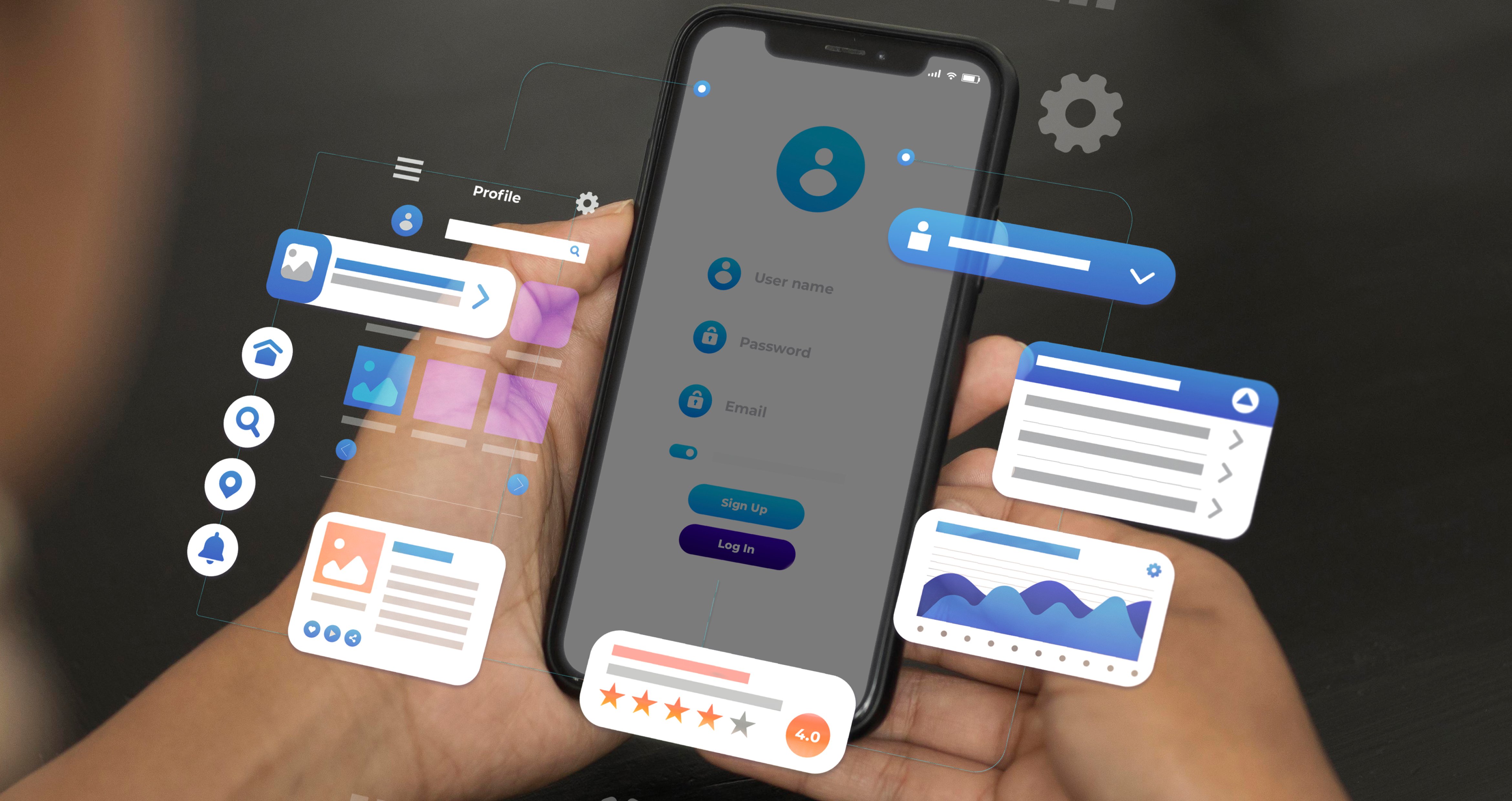Mastering React Native performance optimization: A checklist for scalable mobile apps

Whether you’re building in-house or seeking expert React Native development services, addressing these challenges early can save significant time and cost down the line. This guide offers a structured, battle-tested checklist for keeping your React Native app fast, fluid, and scalable. While there is no one-size-fits-all solution, the principles below have proven essential in large-scale production apps.
Rendering efficiency: List rendering and state management
Use FlatList over ScrollView
FlatList is optimized for large datasets with its lazy rendering mechanism. Avoid using ScrollView for long lists—it renders all items at once, causing memory and performance issues.

Don’t overuse state: Keep it local when possible
Every state change triggers a re-render. A centralized state (like Redux) should be reserved for truly global data. Use local state (useState) where applicable.
Use React.memo, useMemo, and useCallback
Memoization helps avoid unnecessary renders, especially in deeply nested trees or large lists. Be mindful not to overuse these hooks—they come with their own memory overhead.
Optimize React Native app animations: The bridge is a bottleneck
Use Native Driver with Animated
If you’re using the built-in Animated API, always set useNativeDriver: true when possible. This shifts execution from JS to native, improving frame rates.
Use react-native-reanimated (v2+)
This library allows animations to run on the UI thread, avoiding jank caused by JS thread delays. For complex gesture-based animations, Reanimated is often a very helpful tool.
Network and Asset Optimization
Cache network responses
Use libraries like react-query or redux-toolkit-query to cache API responses and avoid redundant network calls. Combine with stale-while-revalidate strategies for real-time freshness without the performance hit.
Cache images locally with react-native-fast-image
Images are often the biggest contributors to slow loading times. react-native-fast-image provides performant caching, progressive loading, and better handling of large image files.
Use lazy loading for heavy assets
Split code and load only what’s needed for the current screen. Dynamic imports and libraries like react-native-screens help reduce the initial load time.
JavaScript thread hygiene
Avoid heavy computation on the JS thread
The JS thread drives business logic, user interactions, and rendering. Moving expensive calculations off this thread (e.g., via InteractionManager, native modules, or react-native-worklets) helps keep the app responsive.
Beware of inline functions as props
Passing inline functions into deeply nested components causes re-renders. Prefer memoized callbacks via useCallback, especially in props.

State management and derived data
Use Reselect with Redux
Memoize derived state calculations using Reselect. This reduces redundant computation and re-renders, especially in large apps with complex selectors.
Normalize large data sets
Avoid nesting and duplication in Redux stores. Normalize data structures with tools like normalizr to keep state clean and updates efficient.
Choose the right software architecture
A well-structured architecture lays the foundation for a performant and maintainable app. Investing in scalable mobile app development solutions at the architecture level ensures that performance doesn’t degrade as your feature set and user base expand. Without clear architectural patterns, React Native performance optimizations often become patchwork solutions instead of systemic improvements.
Consider modular architecture
Break your app into feature-based modules or packages. This encourages separation of concerns and makes it easier to profile, test, and scale individual parts of your application.
Use Clean Architecture principles
Clean Architecture divides your codebase into layers (e.g., presentation, domain, data), which improves maintainability and testability. While not React Native-specific, it enforces decoupling that pays off at scale. To put Clean Architecture into practice effectively, especially in large teams or legacy codebases, it’s often wise to hire React Native developers who specialize in scalable architecture and long-term maintainability.
Embrace type safety with TypeScript
Type safety isn’t a direct performance boost, but it can prevent logic bugs that cause unnecessary renders, inefficient code paths, or even memory leaks.
Native-level optimizations
Enable Hermes Engine
Hermes is a JS engine optimized for React Native. It reduces memory usage and app size, improves startup time, and runs bytecode instead of plain JS.
To enable:

Use native modules for critical paths
When performance is mission-critical (e.g., image processing, encryption), consider writing native modules in Swift/Kotlin. The bridge is slow; minimize crossings.
Final checklist: Quick wins and deep cuts
Quick wins
- Replace ScrollView with FlatList for large lists
- Enable Hermes for better JS execution
- Use react-native-fast-image for image caching
- Memoize callbacks with useCallback
- Avoid inline functions in render methods
Deeper optimizations
- Move animations to UI thread with Reanimated
- Cache API responses using react-query or similar
- Use React.memo and useMemo where needed
- Normalize Redux state with tools like normalizr
- Profile JS thread usage regularly with Flipper or Systrace
- Apply React Native modular architecture or clean architecture to isolate concerns and scale cleanly
Conclusion
Scaling React Native apps isn’t just about adding features. It’s about building experiences that remain smooth and responsive, even as complexity grows. By systematically applying the practices above, you can keep your app performant without sacrificing development speed.
Performance work is never truly “done,” but with the right tools and habits, you can make it sustainable.
If you're looking to scale faster or need expert support along the way, it might be time to outsource React Native development to a team that specializes in performance-driven, scalable mobile solutions.
Happy scaling!